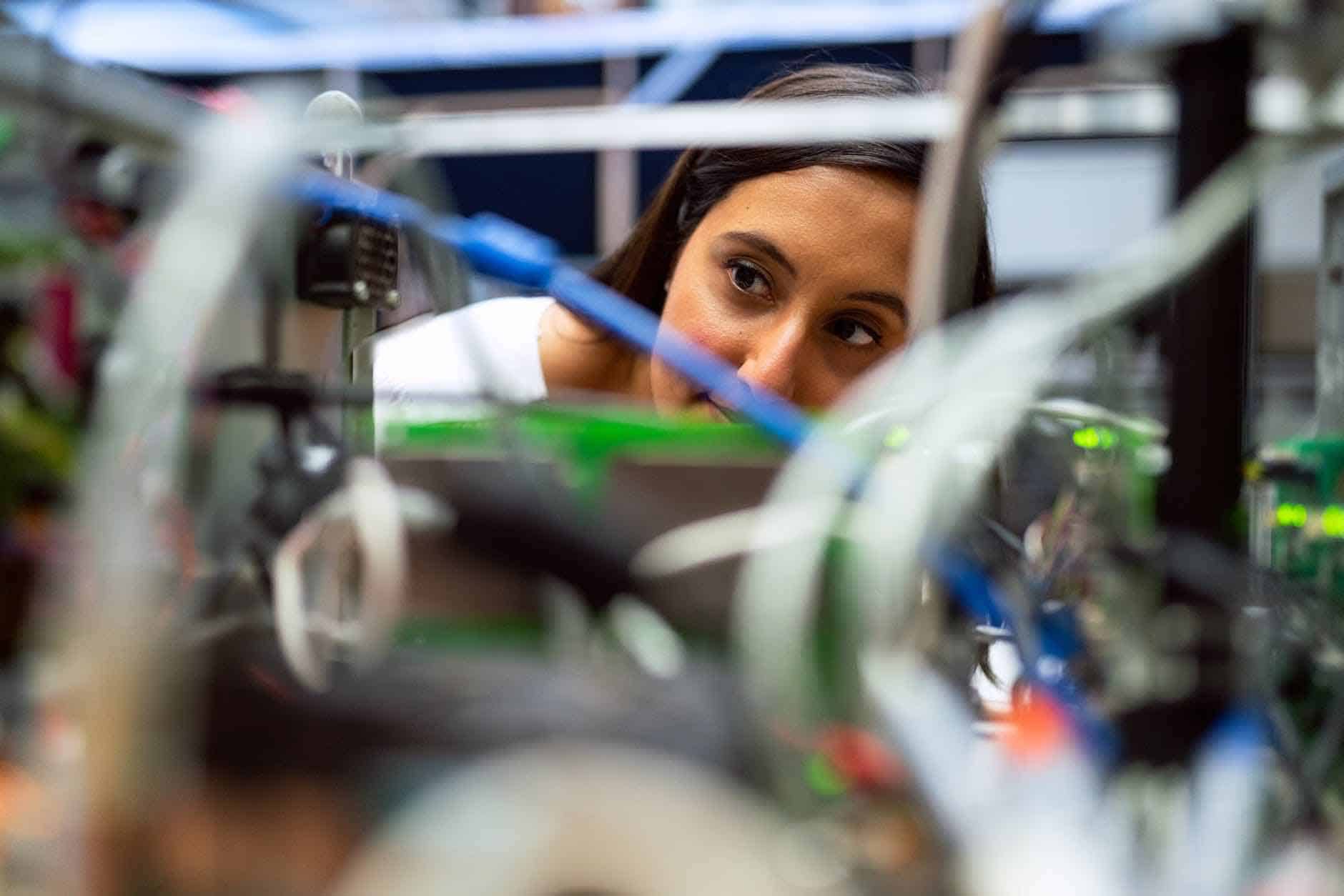DACA’s Potential Return: What This Means for Dreamers and Employers
DACA's Potential Return: What This Means for Dreamers and Employers In response to the ongoing Texas v. United States case,…

Specialty occupations include fields such as architecture, engineering, physical sciences, social sciences, mathematics, medicine and healthcare, business and sales, accounting, education, law, theology, and the arts. President Obama’s STEM for All initiatives resulted in an immediate increase in the number of H-1B petitions, especially in STEM fields.
H-1B temporary workers fall into three classifications:
You might be scratching your head at this point, wondering how a visa program with nearly 70% of its guest workers in the computer science field came to include the world’s catwalking elite. According to a 2013 Inc.com report, this stems from Congress simply forgetting about fashion models when they recategorized employment-based visas. While the odds of being approved for an H-1B visa are much higher if you’re a global supermodel, it’s also less likely that you’re applying for one in the first place. In 2010, one of the last years that USCIS specifically included “Fashion Model” explicitly in its data analysis (rather than Miscellaneous, for example) only 478 petitions were filed on behalf of foreign workers. In order to be approved under the H-1B3 classification, the fashion model must be of “distinguished merit and ability.”
We offer world class communication and responsiveness to all of our clients and our comprehensive approach can simplify even the most complicated of visa programs.
Most H-1B temporary workers fall under the specialty occupation or the researcher category. Both of these require that the employee meet one of the following criteria for higher education.
By far, foreign workers from India make up the bulk of workers in the H-1B program, especially in the IT industry.
The H-1B visa program has a cap of 65,000 new visas each fiscal year, with an additional 20,000 allowed for those with a master’s degree or higher from a U.S. college or university. The U.S. also allows workers employed at certain organizations to be exempt from the caps:
Trade agreements provide a special classification to foreign nationals from Chile and Singapore for employment of one-year increments. Under the H-1B1 classification, Chile is allotted 1,400 slots and Singapore 5,400.
The process of employing H-1B workers begins with the employer. DOD researcher and worker positions have a slightly different process and do not need to file a labor certification, but all others must
As with any immigration petition, the amount of time it takes to get an H-1B visa varies, especially when it comes to whether or not the labor certification is approved without delays. Once USCIS receives the application for a visa issued abroad or a change of status, the process takes about two and a half to four and a half months.
Employers subject to caps may not file their H-1B petition more than six months before the start of the job. All employers must make sure they and the employee they are wishing to hire have all documentation complete and ready to submit before beginning the process. Otherwise worthy petitions are often denied due to paperwork errors or insufficient evidence of the position’s qualifications or the employee’s education and experience.
Premium processing may speed up the process for employers, who can expect an approval, denial, notice of intent to deny, or request for evidence within 15 calendar days. If the employer receives a request for evidence, once a response is submitted to the USCIS, the USCIS has 15 calendar days to issue a decision.
H-1B workers are eligible to remain in the U.S. under their visa for the duration of the job, as indicated on the employer’s petition, for up to three years. Requests for extensions may be filed before the three years is up, but visas under a petition for the same job and employer generally are not extended beyond six years total.
In part because of the number of positions exempt from the cap, the H-1B classification is the largest guest worker visa program in the U.S. today, with 308,613 H-1B registrations for fiscal year 2022 submitted by 37,000 petitioners during the initial registration period. While the cap remains the same, the number of petitions continues to increase, by almost 30,000 from 2016 to 2020.
Because of the complexity of the H-1B program, many employers do not realize their options when it comes to keeping their brightest talent, such as by applying for a change of status from F-1 to H-1B or from L-1B to H-1B. Additionally, larger organizations with a number of entities or affiliates may have additional options when it comes to leveraging the skills and knowledge of H-1B workers.
DACA's Potential Return: What This Means for Dreamers and Employers In response to the ongoing Texas v. United States case,…
DOL Interim Final Rule on H-2A Adverse Effect Wage Rates (AEWR) On October 2, 2025, the Department of Labor (DOL)…
A Turning Point for CDL Regulation: The DOT's Emergency Ruling on Non-Domiciled CDLs The U.S. Department of Transportation (DOT), through…
The attorneys at Farmer Law PC understand the value of a diversified workforce and are adept at navigating every facet of immigration law. We offer comprehensive solutions for all of your labor shortages. Our team locates honest, accomplished workers to provide employers with exceptional talent from every corner of the globe.